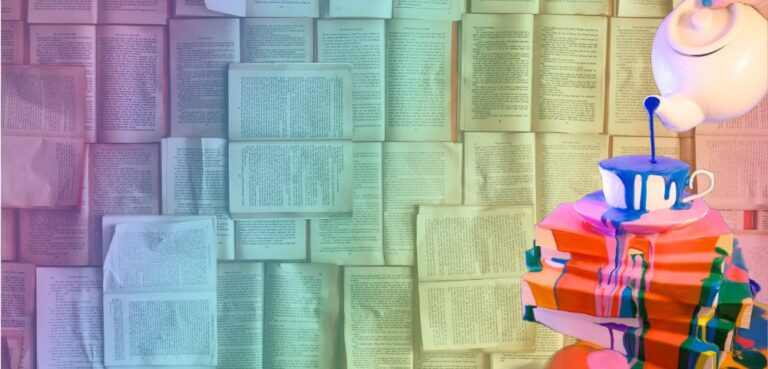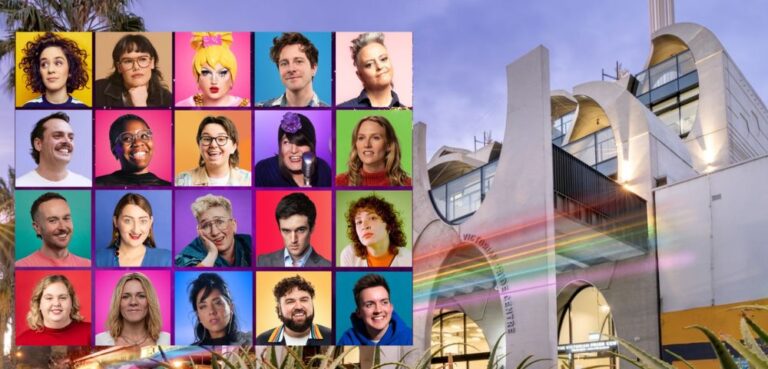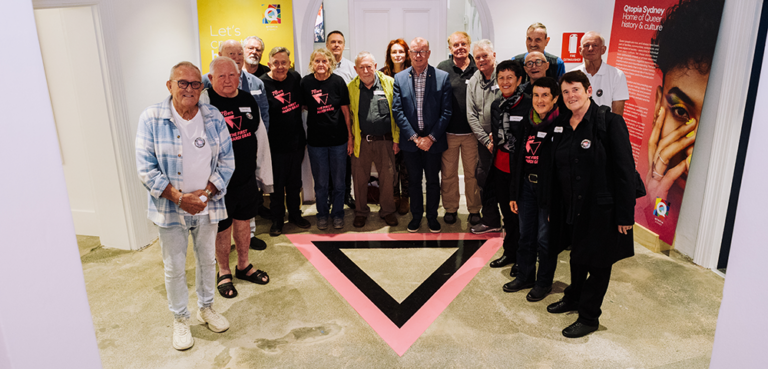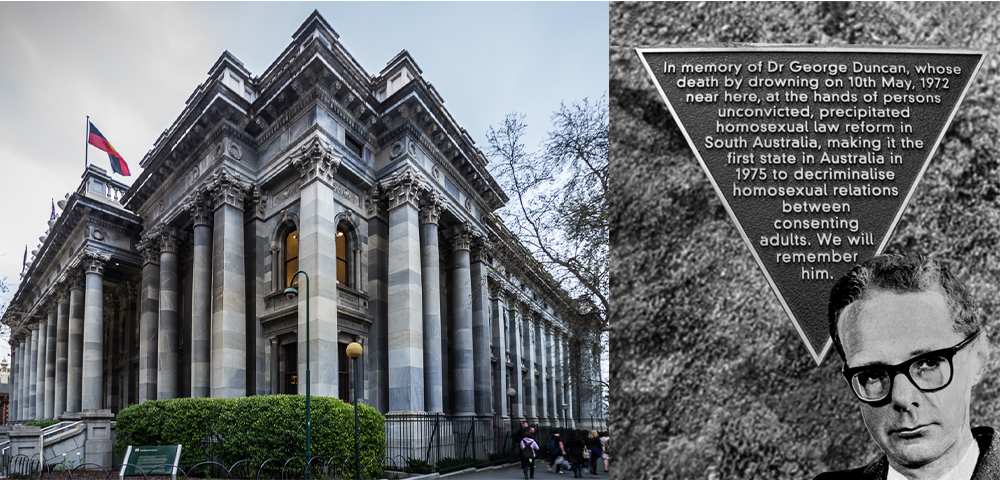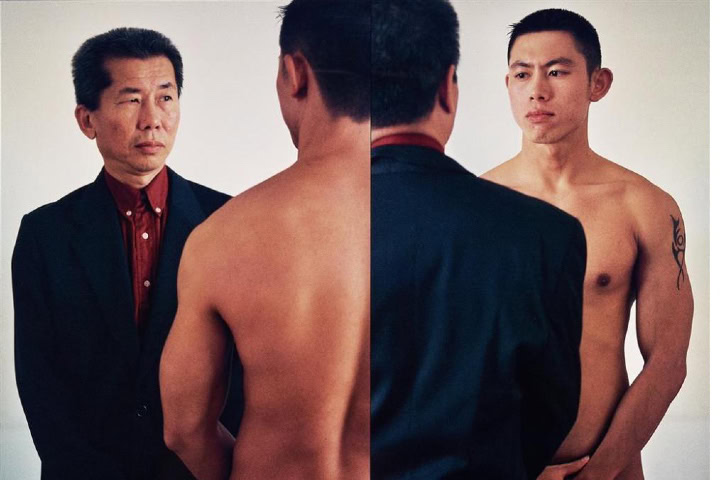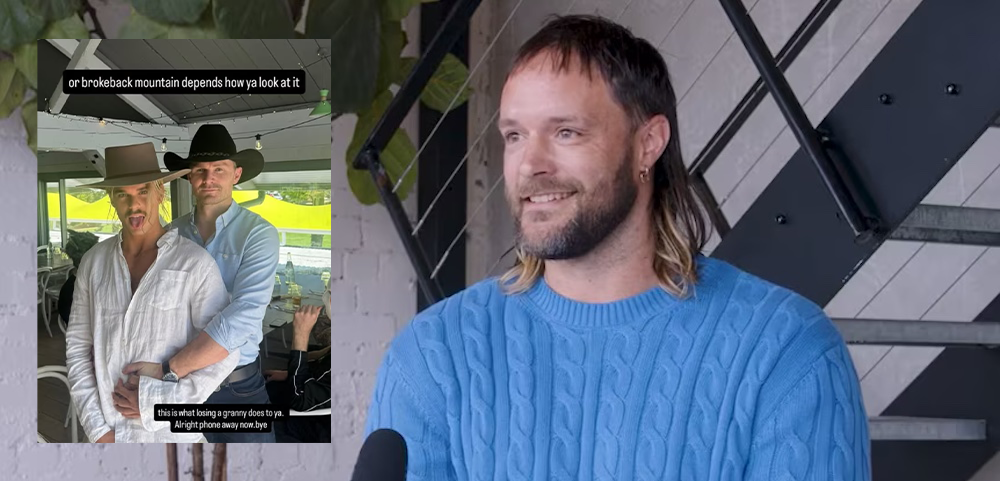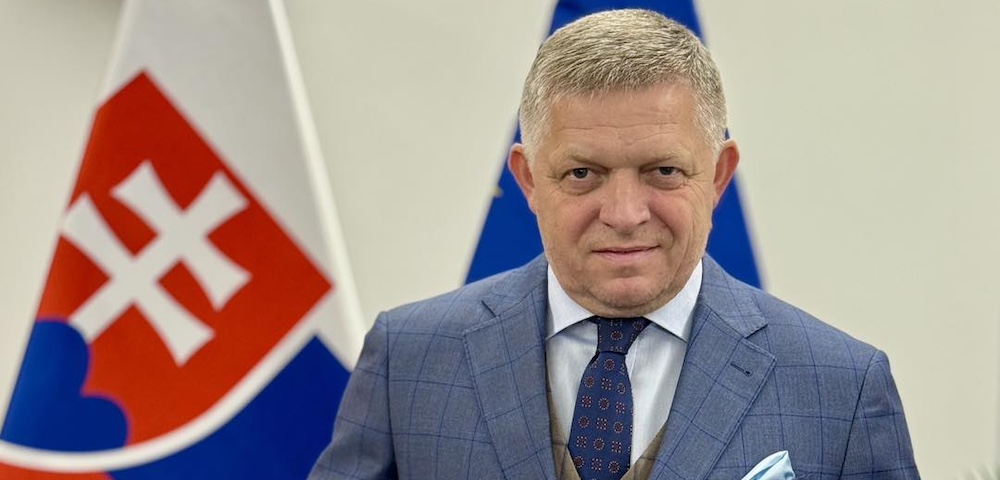
Hollywood’s Most Diverse Year Still Has Queer Representation Problem
First the good news! 2019 was one of the best years for queer representation in major Hollywood films, according to GLAAD’s eighth annual Studio Responsibility Index that was released on Thursday. The bad news is that the films did not reflect the diversity in the community.
For the third year in a row there were no transgender or non-binary characters in mainstream releases. Last year, while the number of films with gay characters had increased, there was a decrease in characters who were lesbian, bisexual or people of colour.
“Despite seeing a record high percentage of LGBTQI-inclusive films this year, the industry still has a long way to go in terms of fairly and accurately representing the LGBTQ community. If film studios want to stay relevant to today’s audiences and compete in an industry that is emphasising diversity and inclusion, then they must urgently reverse course on the diminishing representation of LGBTQI women and people of color, as well as the complete absence of trans characters,” GLAAD President and CEO, Sarah Kate Ellis said in a statement.
GLAAD looked at 118 films from the eight major studios that had the highest theatrical grosses in 2019 – Lionsgate, Paramount Pictures, Sony Pictures, STX Films, United Arts Releasing, Universal Pictures, Walt Disney Studios and Warner Bros. Of the 118 films that had a mainstream release, 22 (18.6%) had queer characters – up from 20 inclusive films out of 110 films in 2018.
According to GLAAD this was the highest percentage of inclusive films in a year since the organisation started preparing the annual report in 2013.
As CEO Ellis pointed out, the numbers however did not tell the full story. Here is a look at the major highlights of the report:
- In the 22 inclusive films, 15 (68%) had gay characters, up from 55% in 2018.
- 8 films (36%) had lesbian characters characters, down from 55% in 2018.
- Three films (14%) had bisexual characters
- There were zero films with transgender characters
- Of the 50 LGBTQI charcters in the films, 34 were men and 16 were women.
- 33 of the 50 characters were white (66%), 11 were Black (22%), four were Latin (8%), and two were Asian/Pacific Islander (4%)
- There was only one character with a disability
When it came to screen time, you were more likely to see a LGBTQI character in a blink-and-miss role in the major studio films. At one end of the spectrum were films like Rocketman and Booksmart which had gay and lesbian characters in the lead, while at the other end were films like Avengers: Endgame and Toy Story that had an LGBTQI character in one scene.
Only nine of the 22 films had an LGBTQI character who had more than 10 minutes of screen time. Of the 50 LGBTQ characters, 28 were on screen for less than three minutes, 21 appeared for less than a minute, the report said.
For characters of colour, the screen time was even less. Of the 17 LGBTQI characters of colour, only four had more than three minutes of screen time and one was on screen for more than 10 minutes.
The absence of transgender and non-binary characters in major Hollywood releases was all the more stark, given the fact that television seemed to embrace trans characters.
“TV has seen the premiere of FX’s history making Pose, television’s first transgender superhero on The CW’s Supergirl, and transgender men stepping into series regular roles on FOX’s 9-1-1: Lone Star, Showtime’s The L Word and Work In Progress. Yet, major studio films continue to leave trans characters out of the story,” the report said.
Only 16 passed GLAAD’s Vitto Russo test – characters must be identifiablly LGBTQI, must have unique character traits and must matter in the film. The films that passed this test included Anna, Bombshell, Cold Pursuit, Five Feet Apart, Perfect Strangers, Rocketman, What Men Want, A Dog’s Way Home, Charlie’s Angels, Booksmart, Good Boys, The Good Liar, Isn’t it Romantic, IT Chapter Two, and Last Christmas.
The ones that failed this test were John Wick: Chapter 3 – Parabellum, Wonder Park, Jumanji: The Next Level, Spider-Man: Far From Home, Hustlers, The Upside, The Hustle, Missing Link, Glass, Happy Death Day 2U, How to Train Your Dragon: The Hidden World, Little, Ma, The Secret Life of Pets 2, Queen And Slim, Avengers: Endgame, Frozen 2, Star Wars: The Rise of Skywalker, Stuber, Toy Story 4, Doctor Sleep, The Goldfinch, Motherless Brooklyn, and Shaft.
Four films cast trans or non-binary actors – Trace Lysette in Hustlers, Indya Moore in Queen And Slim, Zach Barack in Spider-Man: Far From Home, and Asia Kate Dillon in John Wick 3, but failed the Vito Russo test as the films did not establish them as trans or non-binary characters.
GLAAD also looked at four affiliated studios (Focus Features, Roadside Attractions, Searchlight Pictures, and Sony Pictures Classics) known as the “art house divisions”. Out of the 34 films released by these studios, eight were LGBTQI-inclusive and all the characters in these movies were white gay men.

